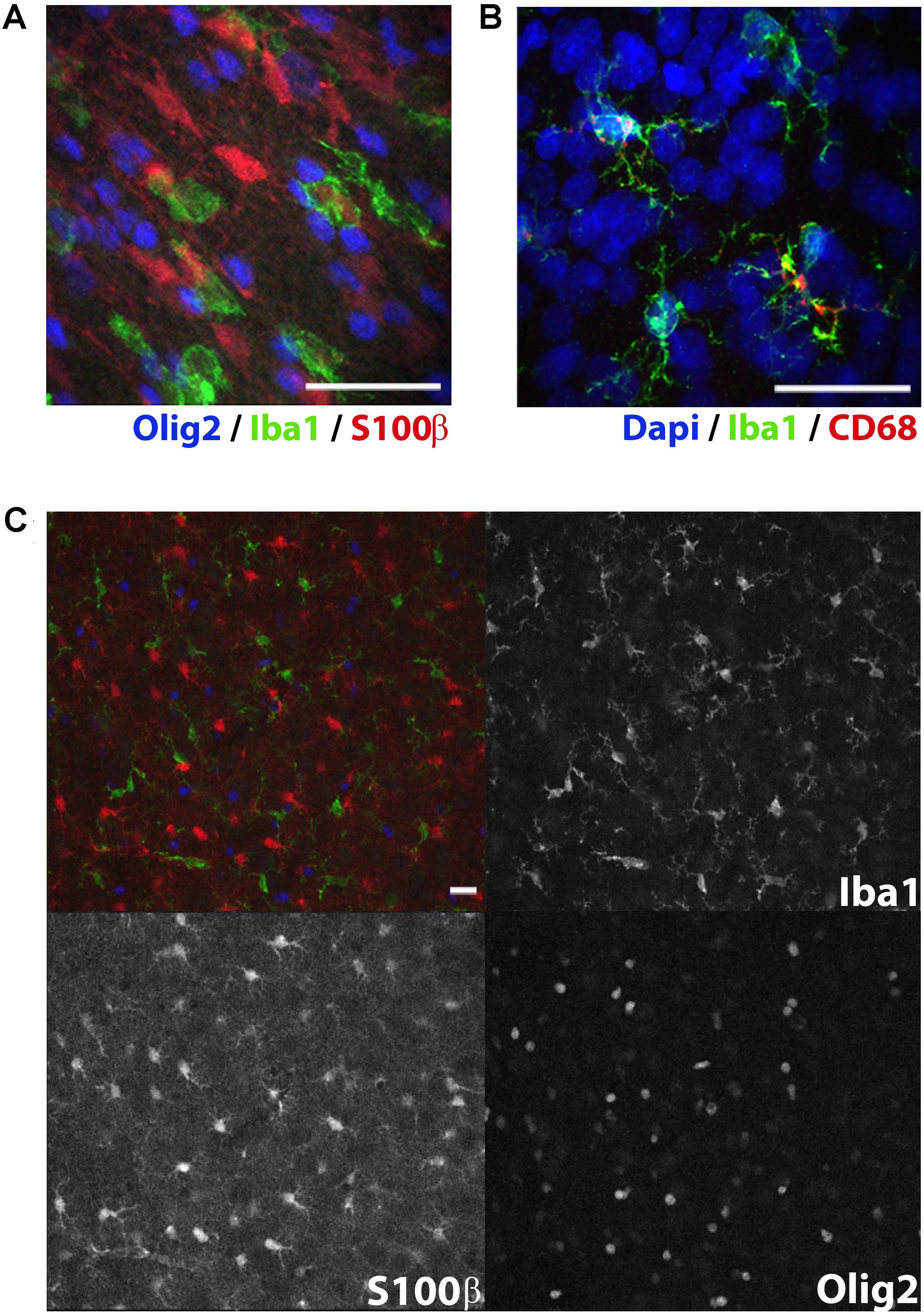


Systematic random sampling (SRS) is an unbiased and efficient way to select sample sites within the region of interest. All of this is available to help guide you through the steps of a stereological study that are briefly outlined below.

#Mark west stereology software#
staff scientists who can give you practical support for all aspects of stereological experimental design-from the tissue processing stage all the way to interpreting the results.Īdditionally, MBF provides you with a host of expert stereological support that includes detailed software workflows within Stereo Investigator, extensive on-line documentation, videos and webinars. In order to obtain the accurate results that unbiased stereology is known for, it is important to follow certain practices, described in the literature, during tissue preparation. The Stereo Investigator system for unbiased stereology has been cited in over 4,000 published papers, making it by far the most-cited unbiased stereology system in the world. For this reason, many peer-reviewed journals require or recommend the use of unbiased stereology when quantifying cells or structures. View a powerpoint presentation on 'Stereology Therory and Experimental Design'īy using unbiased stereology, researchers get unbiased, accurate and reliable data. Other techniques for obtaining quantitative analyses of cell populations, such as counting cell profiles at the top of each physical section, or using ad hoc automatic cell detection algorithms, yield inaccurate and biased results. Then, researchers use a set of rigorously tested rules to mark cells and structures in each sampling site for quantification. Unbiased stereology uses systematic random sampling (a statistical sampling method) to unbiasedly select a representative sample of the region of interest. How much of my region of interest has been damaged by an injury?ĭata and analyses obtained using stereology are more accurate than ad hoc quantitative analyses.Has there been a change in volume of a region of interest?.Has the length of nerve fibers or blood vessels changed?.Is the number of cells in a region of interest in experimental subjects different than controls?.It is often used to help answer questions such as: Stereology plays an important role in validating and rejecting experimental hypotheses. It is used to accurately quantify the number of cells, the length of fibers, and the area and volume of biological structures or regions. Unbiased stereology is recognized in biological research as the best-practice method for quantitative histology.


 0 kommentar(er)
0 kommentar(er)
